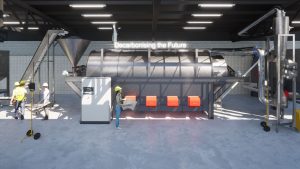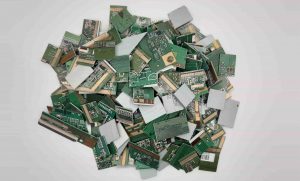The use of charcoal, the forerunner of modern activated carbon, by ancient Egyptians for medical purposes and water purification dates back to 2000 BC. Activated carbon has the highest volume of adsorbing porosity of any material known to man. AC is used in different types of water treatment systems to remove chlorine, turbidity, dissolved organics, odour, taste, colour, and synthetic contaminants. The high adsorptive capacity of activated carbon, the main reason for its widespread use, is attributed mainly to its highly porous structure, resulting in a large internal surface area up to 1500 m2 /g.
Activated carbon can be made from a variety of carbonaceous materials and processed to enhance its adsorptive properties. Some common materials that are used to make AC are coal, bones, coconut shells, lignite, peat, pecan shells, petroleum-based residues, sugar, wastewater treatment sludge, and wood. As is true with any production process, the quality of the final product is influenced by the starting material.
In the past, activated carbons that were used for industrial applications were produced from wood, peat, and other vegetable derivatives. Today, lignite, coconut shells and coke are the most common sources of AC due to their availability and attractive price. They also result in a hard and robust carbon.
Activated carbon is very similar to pure graphite with only slight differences. The structure of activated carbon is quite disorganized compared with that of graphite because of the random oxidation of graphite layers. The regular array of carbon bonds in the surface of the crystallites is disrupted during the activation process, yielding free valences that are very reactive.
These disturbances in the elementary microcrystalline structure, which are caused by such factors as the presence of imperfect (partially burnt-off) graphite layers, changes the arrangement of the electron clouds in the carbon skeleton. As a result, unpaired electrons appear. These electrons are ‘hungry’ and have a desire to pair. This is what induces the strong molecular attraction within the carbon.



